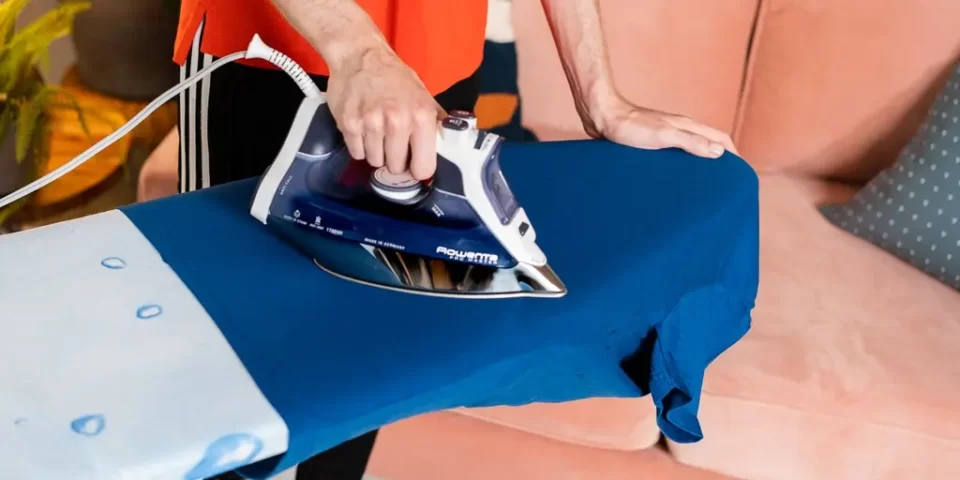When I started making blankets and heard comments from experienced blankets, there were always comments about pressing, ironing, steam pressing, and finger pressing. Everything was confusing for beginners. So looking at the options here, I’ve found this useful in my quilting experience for the past 30 years. If you want services of the https://heatpressling.com/best-heat-press-for-shirts/ to contact us.
First of all, the most important part of creating the perfect block is to cut each patch of washed and ironed fabric exactly to the measurements indicated on the pattern.
The second and no less important step than the first is to sew exactly ¼-inch seams. Don’t think a presser foot in your sewing machine will do it for you. Take the blanket liner and place it under the presser foot. Place your foot on the bar to grip the bar in place. Make sure your needle matches exactly ¼ inch in line. Draw a line so that it is vertical. Now take the artist’s ribbon and place it on the sewing machine at the edge of your liner. Remove the liner from your sewing machine. You now have a guide to making inch stitches.
We now move on to the “clicks” theme.
Ironing: It should be remembered that an ordinary iron is large and heavy. If you are using an iron to catch the seams, do not push or pull on the iron. This will distort the fabric, which you worked very hard to cut perfectly! Use your fingers to grip the seam in the direction (usually toward the dark fabric) it needs to go. Then take the iron and place it on the seam without moving it back and forth.
The best ironing solution: My favorite pressing tool is a type of iron. If you make sure to pre-wash the fabric and then iron the fabric and cut each piece accurately, all you need to do is press the seam in place. Again, use your fingers to grip the finger, then press the seam with a mini iron. Remember that you don’t have to iron and pull on the top, you can get a mini iron where you sew!
Steam ironing: I don’t like to use steam as it has a higher chance of deforming your beautiful lump blanket. I need to use steam, use your iron to lay gently on the fabric. Do not push or pull the iron.
Capture an integral step in any home sewing project. The type of household fabric and the compressed space determine the correct tool and pressing technique.
The main pressure tool is the steam iron. Try to choose one with several adjustable heat settings, a good source of steam, and a non-stick base if possible. Thanks to this feature, the iron glides easily over clothes and prevents waste from clinging. A stable, well-packaged and adjustable ironing board is also essential; Adjust the height for your comfort.
Believe it or not, once you’ve found the right iron for your needs, you usually don’t need to replace that iron. Even a full size ironing board is hard to come by these days, and believe me, a full size ironing board is very important when working with larger projects such as full curtains, beds and the like.
However, with the ironing board and ironing board, the customer has a wide choice of pressing tools. Each tool or accessory has a specific purpose that will help you achieve the best results. Some devices serve a dual purpose, combining the functions of several devices. Choose the cutting tools that are most varied and useful for your home sewing needs.
A good pillowcase is covered with wool on one side to trap steam when pressing the wool, and on the other side heavy cotton for all fabrics, especially those requiring high temperatures.
The sleeveboard usually offers two sizes of board; Each folds and has a silicone coating. Fold the nameplate to the desired size or use it for a curved sleeve cap or neckline.
Tailor’s ham is especially useful in areas such as arrows and curved seams; Press the formed spots onto the well-packed rounded surfaces of the ham. Lie down and shape the wool as you sew.
Although the cut and contour cut are similar and only one is needed, you will find that the contour clew has more curved surfaces than regular sewing trousers to hold large and small garments.
Use a squeeze glove or a wrapped glove when pressing on the hand (without steam) where the tailor’s hammer cannot reach. When pressing the steam, place the glove on the sleeve board instead of the wrist.
A seam roller (tightly wrapped in a moving walk) is used to press the seams on tubular parts such as the sleeve or leg of the pants. The design of the cylinder allows the seams to be pushed to the right without

